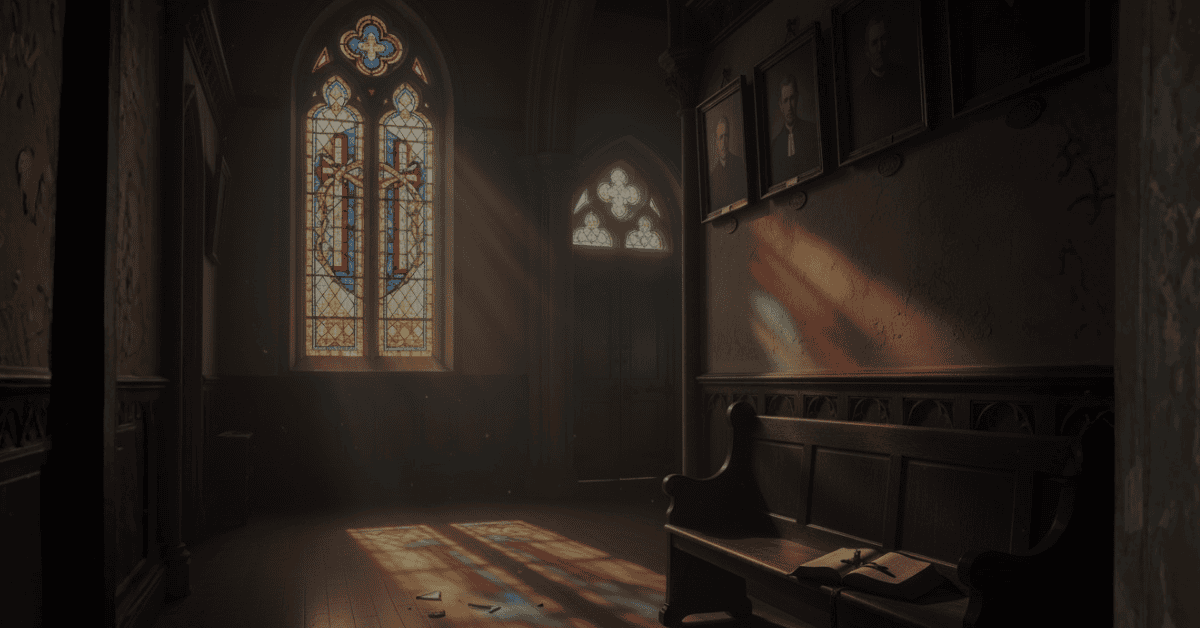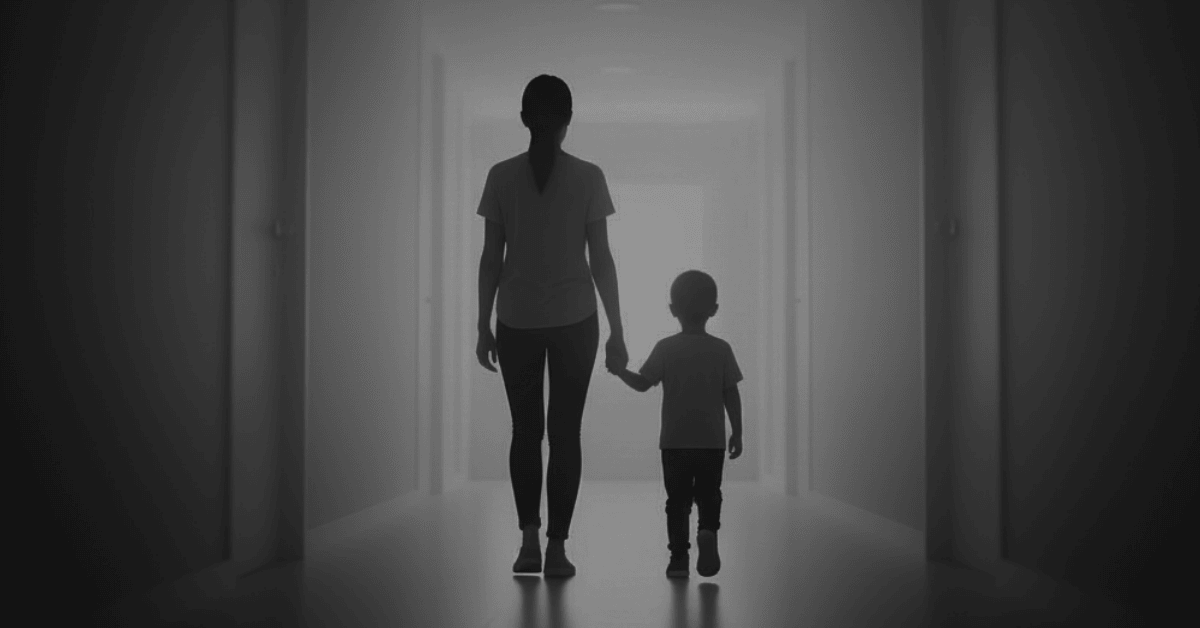What to Expect If You File a Claim Against a Southern Baptist Church in Arkansas
You don’t get over something like this. You survive it.
If you were abused in a Southern Baptist church — whether it happened decades ago or more recently — filing a legal claim may sound overwhelming, even dangerous. What if they don’t believe you? What if you’re blamed or retraumatized?
But here’s the truth: you’re not alone, and you’re not powerless. Arkansas survivors are coming forward. And the legal system — for all its flaws — is one place where abusers and the institutions that protected them can be held accountable.
Here’s exactly what to expect if you decide to file a claim against a Southern Baptist church in Arkansas.
If you’re not ready to call yet, just know there are legal options for survivors abused in Southern Baptist churches — and no one can force you to act before you’re ready.
Step 1: The First Call Is Confidential
It usually starts with a phone call. You don’t have to have everything figured out. You don’t need documents or proof in hand. You just need to be willing to tell someone what happened — in your own words, in your own time.
The law firm will ask basic questions:
- When and where the abuse happened
- Who the abuser was (pastor, youth group leader, church volunteer)
- What the church did or didn’t do when it happened
Nothing becomes “official” during this first conversation. You’re just sharing your story with someone who knows how to listen — and who knows what comes next.
Step 2: Reviewing the Facts
Once you’ve spoken with an attorney or intake specialist, they’ll begin reviewing your story against existing evidence:
- Has the abuser been named in previous claims?
- Was this church already involved in other lawsuits?
- Do church records or SBC databases back up your report?
You don’t need to prove anything by yourself. The legal team handles that part. You provide what you can — even if it’s just your memory.
This is also where attorneys will start identifying who can be held accountable. It’s not always just the abuser. It could be:
- The local church that hired or protected them
- The regional SBC leadership
- Insurance companies tied to the church
- Other officials who failed to act on reports
Step 3: Case Evaluation and Legal Consultation
Now that your story has been reviewed, the attorney can walk you through your legal options. Depending on your situation, that may include:
- A civil lawsuit against the church or other parties
- Negotiating a settlement outside of court
- Joining a larger group of SBC survivor cases (if applicable)
They’ll explain the statute of limitations in Arkansas — which can vary based on your age when the abuse happened, whether you’ve repressed memories, and recent legal updates.
This is when you’ll get honest answers to the biggest question: “Do I have a case?”
And more importantly: “What will it take emotionally to go through this?”
Step 4: Filing the Claim
If you decide to move forward, your attorney will formally file a civil complaint in court. This legal document outlines:
- Who you are (you can often stay anonymous in public filings)
- What happened to you
- Why the church (or related entity) is responsible
- What kind of compensation or justice you’re seeking
This doesn’t mean your story is on display for everyone to see. Many cases move forward quietly. And you always control how much of your identity is public. In most child sex abuse cases, anonymity is protected.
Step 5: The Investigation Phase
After the claim is filed, the attorneys begin gathering deeper evidence:
- Internal church records
- SBC reports or disciplinary files
- Past allegations or prior complaints
- Witness testimony (if available)
- Psychological evaluations or expert opinions
This part can feel intrusive — but remember, it’s not just about proving what happened to you. It’s about showing a pattern of behavior. The more evidence of negligence, cover-up, or failure to protect, the stronger your case becomes.
You don’t have to navigate this phase alone. Legal teams experienced in cases involving religious institutions know exactly how to handle stonewalling, lost documents, and attempts to discredit survivors.
Step 6: Negotiations and Settlement Talks
Before the case reaches court, the church (or its insurance company) may offer to settle.
This can be a relief for some — avoiding court, public attention, or cross-examination. But settlements aren’t always fair. Some churches offer pennies compared to the pain they caused.
You’ll get advice on whether to settle or proceed to trial. You control that choice.
Survivors often ask: “What kind of compensation could I receive?”
That depends on many factors:
- Emotional and psychological harm
- Medical or therapy expenses
- Loss of income or educational opportunities
- The conduct of the church or leaders during and after the abuse
Money doesn’t erase trauma. But it can cover therapy. It can buy safety. It can give back power that was taken.
Step 7: Going to Court (If Needed)
If no settlement is reached — or if you want your story heard in front of a jury — the case may go to trial.
This step takes courage. It can be emotionally intense. But it can also be deeply validating. Some survivors say testifying was the moment they took their voice back.
You may not have to testify. Many cases resolve through depositions or evidence alone. But if you do take the stand, your legal team will prepare you — not just for legal questions, but for emotional safety.
Step 8: After the Case
Whether the case ends in a trial verdict or a private settlement, there’s an “after.”
Some survivors feel relief. Others feel grief, or anger, or a strange mix of both. The case may be over, but the healing continues.
And for many, that’s when the questions really start:
- What do I do now?
- Will it always hurt like this?
- How do I reclaim my faith, if I want to?
There’s no single answer. But there is support.
What If My Story Doesn’t Look Like Abuse?
Some survivors hesitate to come forward because what happened to them wasn’t overtly violent. Maybe it was grooming. Maybe it was “discipline” that went too far. Maybe it was emotional manipulation wrapped in scripture.
If you’re wondering whether it “counts,” read about what spiritual abuse looks like when it’s hidden in plain sight. Abuse in religious settings doesn’t always look like it does on TV.
It still matters. You still matter.
What Do I Need to Start a Case?
Survivors often think they need police reports, medical files, or “proof” to even start a case. You don’t.
To begin, you need:
- Your story
- The name of the church or abuser (if remembered)
- Approximate dates or timeframe
- A willingness to speak with an attorney
That’s enough. Let the legal team handle the rest.
What Happens If I File a Claim?
You’re taken seriously.
You’re treated with respect.
You gain a team who knows how to protect you legally and emotionally.
And yes — the church is forced to respond. Forced to explain. Forced to reckon with its role in allowing abuse.
That’s what justice looks like. Not perfection. But accountability.
Final Thoughts: You Don’t Have to Do This Alone
No one can promise you closure. But if you’re reading this, you’ve already taken a step toward something different. Toward truth. Toward power. Toward peace — on your terms.
If you’re ready, help is available. Quietly. Compassionately. And when you say so.



